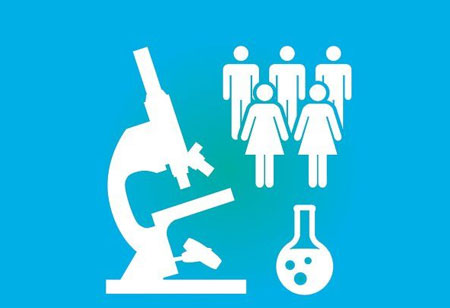THANK YOU FOR SUBSCRIBING
AI to Help Patients in Finding a Clinical Trial
Many questions can quickly get perplexing and overwhelming during the time of cancer treatment.

By
Apac CIOOutlook | Monday, April 01, 2019
Stay ahead of the industry with exclusive feature stories on the top companies, expert insights and the latest news delivered straight to your inbox. Subscribe today.
Many questions can quickly get perplexing and overwhelming during the time of cancer treatment. One of many questions: is there any clinical trial, which I should consider for my treatment? Doctor and patients together have to figure out, whether their experimental treatment is the right fit.
The Opportunity Project (TOP) takes the initiative consisting of a 14- week development sprint that began last fall. The software engineers have provided with a broad platform of open federal data. Later, they have applied some emerging technologies such as cloud computing and artificial intelligence resources to start their analysis. The effort includes more than a dozen technology providers and nonprofits. Entire things have led by Presidential Innovation Fellows and US Health and Human Services Office of the Chief Technology Officer.
Kristen Honey and Gil Alterovitz were two among the Presidential Innovation Fellows who lead the program and work across US agencies to discover government data that would be valuable during the time of initiation. The primary goal was to show the reason for sharing appropriate data with private sectors because it could drive new insights and tools.
Check out: Top Artificial Intelligence Consulting/Services Companies
To understand the issues around clinical trials and patient matching, the team of developers has spent their valuable time with patients (who undergo cancer treatment) and government AI specialists. Later, the team has developed a new methodology to help patients in finding a clinical trial.
The first part of the methodology is chatbot. It lets the patients understand their health condition by raising questions about their treatment. Since most folks won’t be familiar with the detailed information required to assess their clinical trial, the patient has provided permission to gather more medical information. The clinician will enter that data into the application. The app uses the information to discover trials for which the person is eligible for. Finally, patients can see the information on the screen as an interactive map.
It is clear, 14-weeks are not much time to analyze the data and build a complex matching service, so the team moved fast. But, by applying the right technology, the sprint provides a good model for making quick progress.
Check This Out: Top eClinical Trial Management Solution Companies





